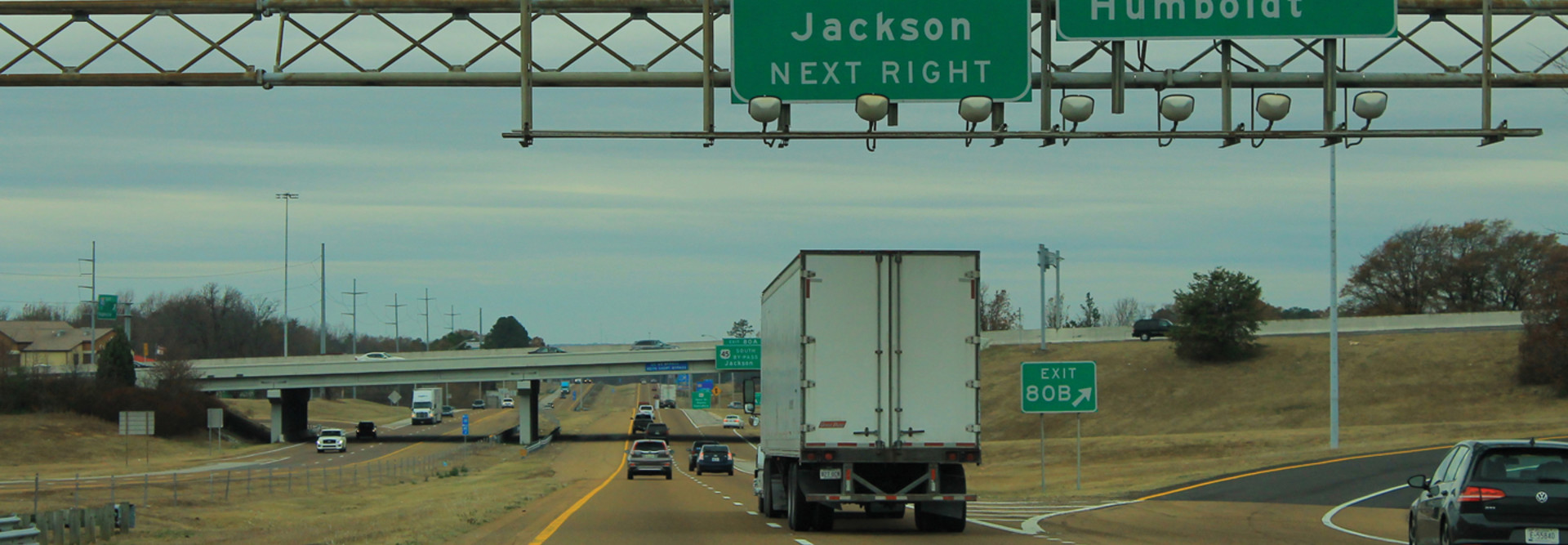Tennessee Focuses on Safety, Broadband Expansion
Between now and the end of 2021, TDOT will be working to set up a cooperative agreement with the U.S. Department of Transportation, which will take a few months. Once that is in place, TDOT will move forward on programming the project and go through a design and systems engineering process. TDOT will likely work with a consultancy on that aspect of the project, Freeze says.
TDOT has been using ITS technology since the 1990s, Freeze notes, and has been steadily expanding its use via cameras, dynamic messaging signage and weather sensors. Those elements are all going to be a part of the new ITS deployment, along with connected vehicle roadside units.
The ITS deployment in Tennessee is currently limited to the four major urban centers in the state. The new project will focus on a stretch of rural highway and help alleviate traffic accidents on the Tennessee River Bridge section of I-40, according to Freeze. Historically, it’s an area that has had a higher level of accidents due to weather conditions and nearby topology.
The roadside units will be deployed to communicate with vehicles equipped with connected car technology and will run on dedicated short-range communications wireless technology on the 5.9 gigahertz wireless spectrum.
The combination of IT technologies will help TDOT identify when incidents have occurred, Freeze says, and the deployment of connected roadside units and connected vehicle technology will help make that information more available in real time. The technologies also provide TDOT’s traffic management centers with greater situational awareness, and personnel at the centers can then relay information to first responders, as well as to the public via its website and a 511 system.
Additionally, Freeze says, the project will link the states’ traffic management centers in Memphis and Nashville together. “This will help us have better center-to-center connectivity,” he says.
MORE FROM STATETECH: Find out how 5G networks will impact smart cities.











